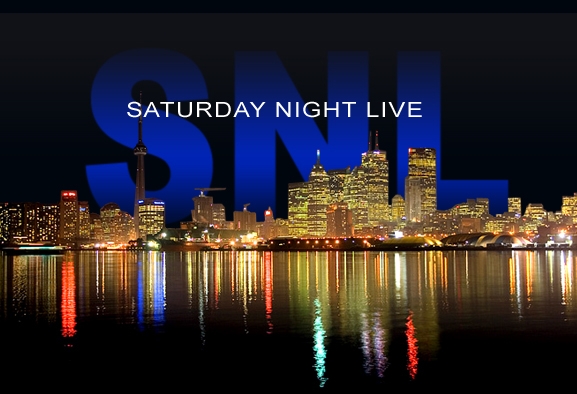
“This is the era of the sketch, the collage, the half-baked idea that lingers for no more than three or four minutes before leaving entirely. If it wanted to, SNL could hit our attention-deficit sweet spots. The structure, though frayed from years of lackluster comedy, is still there. But there’s work to be done.” —Dean Essner
We’re a generation of fidgeters. Saturday Night Live, despite its shoddy writing and middling lineup of second-rate comedians, is a fidgety show.
Even in the midst of its long spiral into mediocrity without Bill Hader, Jason Sudeikis, Kristen Wiig, Amy Poehler, Andy Samberg and Tina Fey in the cast each night, SNL’s formula is as applicable and immediate as ever. This is the era of the sketch, the collage, the half-baked idea that lingers for no more than three or four minutes before leaving entirely. If it wanted to, SNL could hit our attention-deficit sweet spots. The structure, though frayed from years of lackluster comedy, is still there. But there’s work to be done.
The first thing the show can do is get weirder, perhaps crib a bit from the Tim and Eric Awesome Show, Great Job! formula. This means focusing less on traditional one-liners and more on delivery. You can go through an entire episode of Tim and Eric and not find one joke that would make sense out of context. That’s because the humor exists in a realm that’s purely absurd and abstract: nonsensical lines repeated over and over again, deliberate mistakes in editing, purposeless characters who occupy space and screen time for no apparent reason at all. But on paper, Tim and Eric is far from funny. If SNL is reaching peak hilarity in the writers’ room, rather than onstage and on television, then something needs to be tweaked.
SNL could also get better if it stopped trying to be a comedic news aggregator, “Weekend Update” aside. The cold open, usually a political sketch featuring Jay Pharoah’s tired, tic-oriented impression of President Obama, is often the weakest segment of each episode. Because there’s little opportunity or wiggle room on prime-time television to be provocative without revealing an underlying, viewer-diverting bias, SNL can do barely more than trod through soft news, add a joke or two and call it comedy.
One exception was a cold open a few weeks ago, on a Kerry Washington-hosted episode, when SNL decided to be self-referential and feisty, with show producer and TV mogul Lorne Michaels less than a week removed from getting royally lambasted for not infusing his SNL cast with enough diversity. Kenan Thompson was finished with drag, leaving no one but the occasional black host to perform all female black parts. The cold opening, though — a typical Obama-centered skit — poked fun at this unfortunate truth. Washington played Michelle Obama and Oprah Winfrey while teasing a slew of other black characters she would be “forced” to impersonate throughout the night. Many remarked that the sketch as a way for SNL to lightly and lovingly apologize for one of its many flaws. But most missed the praiseworthy point: When was the last time SNL was actually this self-aware?
Ultimately, that’s the main summation of its laundry list of problems: The show needs to be more self-aware. Michaels and his writers haven’t lived in a bubble this past decade, but perhaps they’ve forgotten their potential to once again be as ubiquitous as they were in 1975. Our Internet-addled minds are hardwired to process the speed and spontaneity of sketch comedy. Now it’s up to SNL to meet us halfway.



